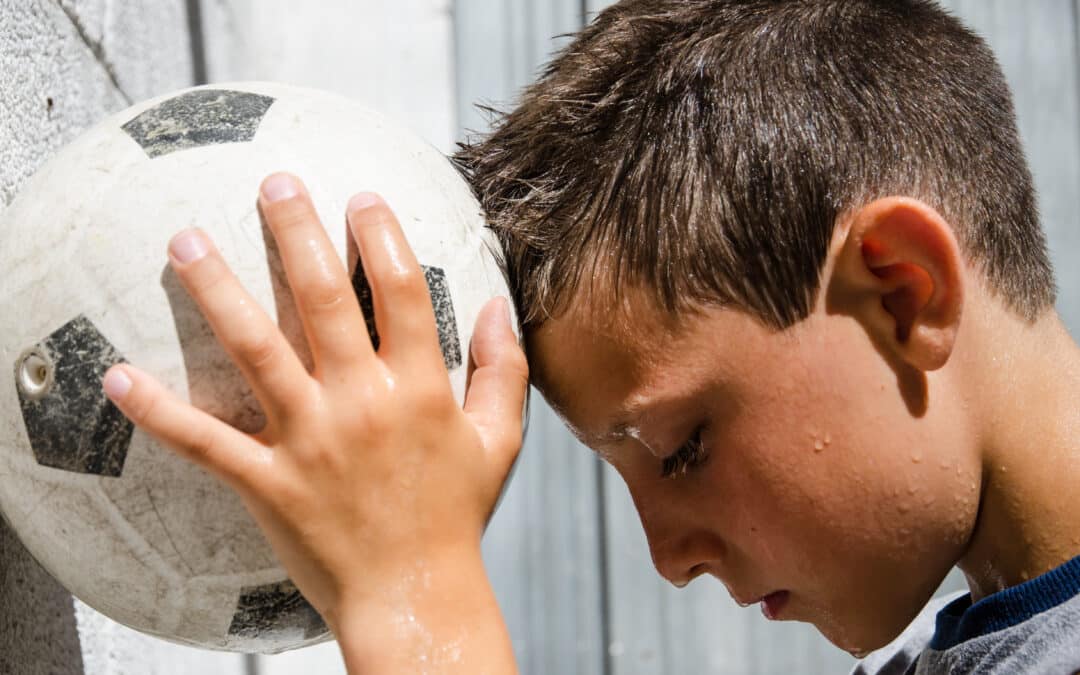
Is My Young Athlete Heading For Burnout?
Burnout doesn’t happen overnight; it’s the result of multiple interwoven factors that build up over time and overwhelm the young athlete’s ability to cope.
Young athlete burnout has become a significant concern in recent years as the demands of competitive sports have intensified. Burnout refers to the physical and emotional exhaustion that results from prolonged periods of intense training and competition. It can manifest as emotional fatigue, a decreased sense of accomplishment, a gradual loss of passion for their sport, and reduced performance.
Burnout is often caused by a combination of factors, including sports specialization, psychological stress, and external pressures to succeed. These factors can be particularly challenging due to the developmental nature of their lives, making it crucial to understand how burnout affects them differently in team sports compared to individual sports.
Early Sports Specialization
One of the most prominent causes of burnout in youth athletics is early sport specialization. More than ever, young athletes are being encouraged to focus exclusively on a single sport at an early age, often in the hope of achieving elite status or securing scholarships. While this specialization may lead to short-term success, it also brings heightened risks of both physical and mental exhaustion. Athletes engaged in year-round training face repetitive stress on their developing bodies which can lead to injuries and limited recovery time. The monotony of focusing solely on one sport also removes the joy of play, turning what should be a fun activity into an obligation.
Psychological Pressures
Another factor contributing to burnout is the immense psychological pressure placed on youth athletes. In team sports such as soccer, basketball, and volleyball, players are frequently burdened with external expectations from coaches, parents, and teammates. They must meet performance goals, adhere to rigid training schedules, and navigate the complexities of team dynamics, all while striving to prove their worth. This constant pressure to perform and conform often leads to emotional exhaustion and an unhealthy fear of failure. For many athletes, the fear of letting down their team, coach, or family can become emotionally crippling, robbing them of the joy and satisfaction that sport should provide.
Individual Sport Athletes
While team sports tend to amplify external pressures, individual sports like gymnastics and swimming contribute to burnout in a different way. Athletes in individual sports often face self-imposed pressures and perfectionism. Unlike team sports, where accountability is shared, individual athletes carry the sole responsibility for their performance. This places them in a relentless cycle of striving for perfection, where even minor mistakes can feel like catastrophic failures. Over time, the pursuit of unattainable standards creates mental fatigue, self-doubt, and emotional strain.
Poor Leadership from Parents & Coaches
Poor leadership and coaching practices further exacerbate the burnout crisis in youth sports. Coaches who prioritize winning over player well-being or use negative reinforcement can erode an athlete’s motivation and confidence. When young athletes feel unsupported or undervalued by their coaches, their engagement with the sport begins to decline. Additionally, a toxic motivational climate—where athletes are pressured to compete at all costs—can foster feelings of inadequacy, anxiety, and resentment toward the sport they once loved.
Lack Of Life Balance
Finally, the lack of balance between sports, school, and personal life plays a critical role in young athlete burnout. Many athletes juggle demanding training schedules, academic responsibilities, and social obligations with little time for rest and recovery. The pressure to excel in all areas often leaves them feeling overburdened and burned out, as they struggle to meet the unrealistic expectations placed on their young shoulders.
Addressing the causes of burnout in youth athletics requires a fundamental shift in how we approach sports culture. Young athletes must be encouraged to enjoy the process of sport rather than focusing solely on outcomes. By prioritizing their well-being, fostering positive leadership, and allowing room for rest and recovery, we can help ensure that athletics remain a source of joy, growth, and fulfillment for youth athletes.
NOTE: Leave us a comment or head to the “Parents Perch” to share your experiences with young athlete burnout.











